The cauliflower it is among the favorite vegetables of Italians in the autumn-winter period, cultivated with passion even in family gardens. However, it often happens that the plants get damaged in the field, with the appearance of black or blackish spots And rot. This problem is caused by pathogens of a fungal nature, and in the specific case it is due to the different forms of Alternaria which affect the Brassicaceae. Let’s talk specifically about Alternaria brassicicola, Alternaria brassicae And Alternaria raphani.
So let’s see how to understand if our cauliflowers are affected by this fungal disease, the agronomic prevention actions that can be implemented against theCabbage alternariaand what are the treatments with products allowed in organic farming.
What is Alternaria
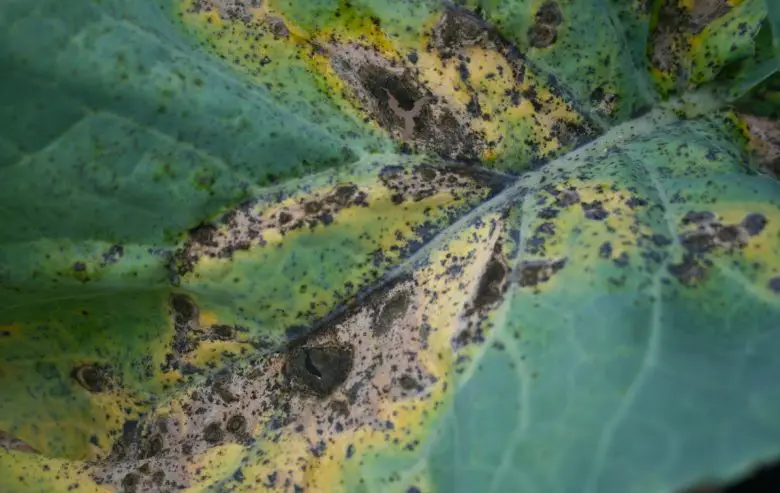
Alternaria is a genus of ascomycete mushrooms, of the class Dothideomycetes. Neither there are about 300 species, commonly present in the environment as a natural part of the fungal flora, and there are few that specifically concern cauliflowers. All these species act as decomposition agents. The spores are dispersed in the air and the mushroom is preserved in the form of mycelium for up to 6-7 years.
In relation to plants, these fungi represent very dangerous pathogens. The spores of the mushroom are club-shaped, single or in long chains. On plants they develop thick colonies, usually green, black or grey.
Some species they can also affect humans (for example Alternaria alternata), giving rise to serious allergic manifestations, especially in already debilitated subjects.
Which Alternaria affects cauliflowers
Among the many species of Alternaria present in nature, the following types can be understood as “Alternaria del cavolo”: A. brassicicola, A. brassicae And A.raphani. These are striking cauliflower, hood, cabbage, broccoli etc. The most dangerous is Alternaria brassicicola, as it is capable of attacking plants at all stages of its development.
The fungus can even be preserved in the seed, causing irreparable damage to the young cabbage seedlings just planted.
The black spots on cauliflower
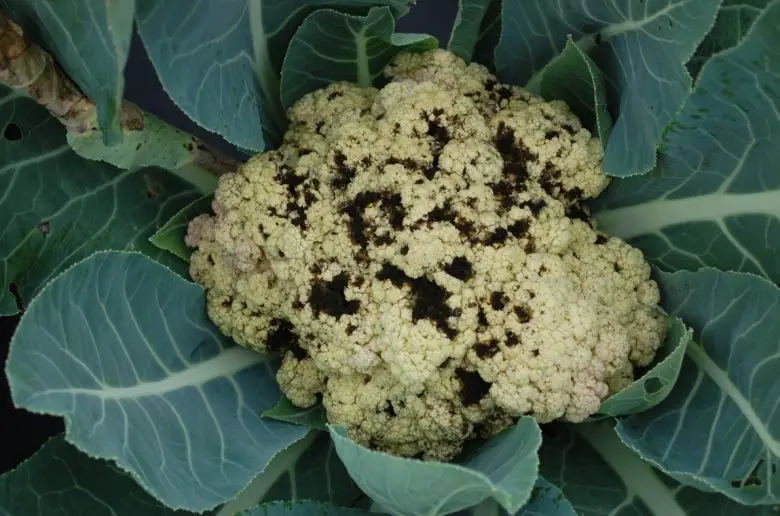
Alternaria on cauliflowers and other adult cabbages appears primarily on the leaves, with gray-brown circular spots on the edges and black in the center, about 1-2 cm in diameter.
If the attack of the pathogenic fungus is strong, the leaves turn yellow and begin to fall starting from the oldest ones.
The damage of Alternaria on cabbages is very serious as it can affect the corymb, or the white part we eat. The fungus first causes the typical punctiform black spots to appear, which in a short time merge into extensive black spots.
This problem can also occur post-harvest, but always because the fungal infection started in the field.
The cauliflower corymbs affected by this fungal disease are qualitatively deplorable (for those who have a home garden) and unsellable (intensive cultivation).
Predisposing conditions for cryptogamic disease
The Alternaria of the cabbage, as well as the other species, overwinters in the form of mycelium especially on the residues of infected plants left on the field, but also directly in the soil and in the seeds. The pathogen can remain active and latent for many years.
Infections are favored by a hot humid climate, with an optimum of 18-20 °C and 80% relative humidity.
Unfortunately, the more resistant forms of the fungus are able to develop even with lower temperatures, with a limit around 6-7 °C and this causes infections even during the autumn-winter period.
How to prevent Alternaria on cauliflower
To prevent the problem of black spots on cauliflower, the first thing you need to do is adopt correct agronomic practices.
First of all it is necessary to eliminate the infected crop residues from the field, without burying them, thus reducing the inoculum sources of the pathogen.
Fundamental are then the crop rotations avoiding replanting cauliflower and cabbage always in the same plot of land.
Equally important is to use seeds and vegetative material (seedlings in the nursery) not infected.
Finally, it is important to adopt an adequate planting layout, leaving enough space between the plants, thus allowing the circulation of the air which blocks the advance of the Alternaria on the cauliflower.
For this we advise you to download and keep ours table on the distance of transplanting vegetables.
How to get rid of Alternaria from cabbage
Between products allowed in organic farmingthose effective in contrasting the Alternaria of the cabbage are the cupric salts, in the classic formulations typically used in the prevention of cryptogamic diseases (such as, for example, the tomato blight). Treatment with a copper-based product should be performed immediately when the first symptoms of the infection appear.



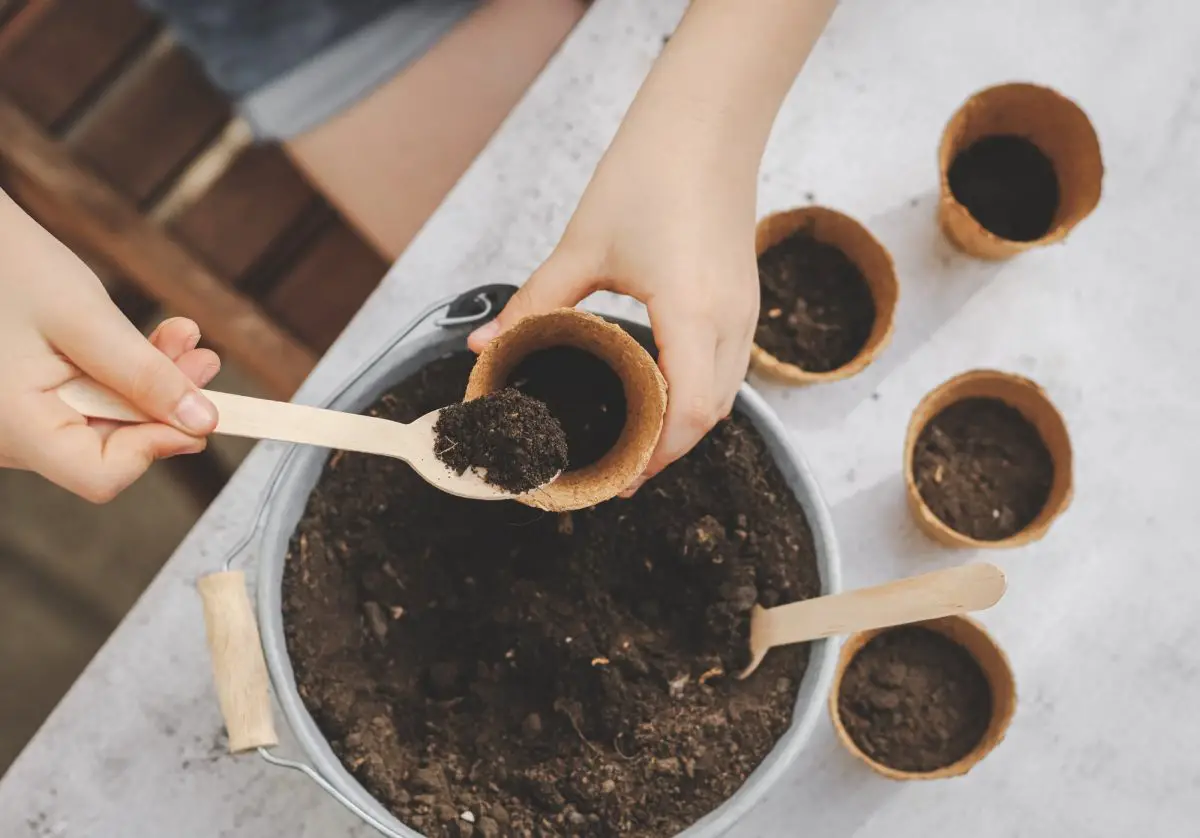

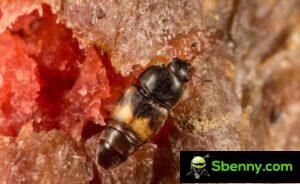
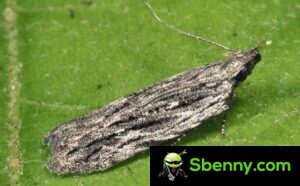
Start a new Thread